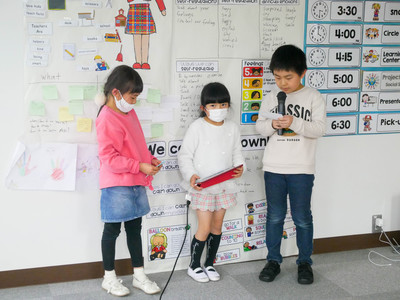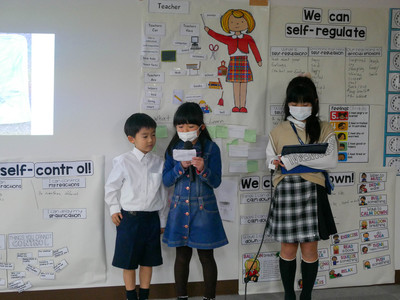Science Lesson for Project Work/サイエンスレッスン紹介
Here is an introduction to lessons at CGK Afterschool.
CGKアフタースクールでのレッスンについて紹介いたします。
CGK's eight-week-long project works will be based on the main “Driving Question”.
Here are the Driving Questions for this "Science" lesson.
CGKの8週間に渡って行うプロジェクト活動では、メインとなる「ドライビングクエスチョン」に基づいて学んでいきます。
今回の「サイエンス」レッスンでのドライビングクエスチョンはこちらです。
"How can we redesign a public space to make it more environmentally sustainable?"
「公共空間をより環境に配慮したものにデザインし直すにはどうすればいいのでしょうか?」
We followed this question with fun lessons each week that drew the student's interest.
Here are the comments of Mr. Bobby, the teacher who was in charge of the lessons.
この問いに沿って、毎週子供たちの興味を引き出す楽しいレッスンを行いました。
担当していたBobby先生のコメントをつけてご紹介します。
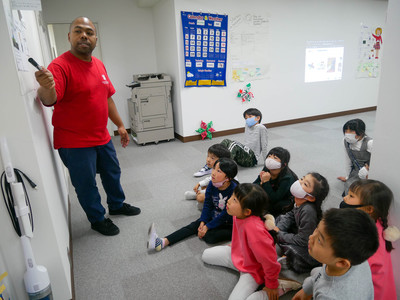
Week 1
Entry Event. Students explored the question and as a class we created our PBL vocab book along with a list of need to know questions. As this project was the most difficult of the block I wanted to take time and break the project up into its parts. Starting with understanding the vocabulary used. Students were shown some examples of the final project.
エントリーイベント。生徒たちはそれぞれ質問を考え、クラス全体ではPBLのボキャブラリーブックを作成し、必要な質問のリストを作成しました。このプロジェクトはブロックの中で最も難しいプロジェクトだったので、時間をかけてプロジェクトを部分的に分割していきたいと思いました。まず、使用する語彙を理解することから始めます。その後、生徒たちは、最終的なプロジェクトのいくつかの例を見せてもらいました。
Week 2
Students learned about design needs of their community and explored different public spaces. Students used need to know questions to guide their searching.
生徒たちは自分たちのコミュニティのデザインニーズについて学び、さまざまな公共スペースを探索しました。そして、「Need to know question」を使用して検索していきました。
Week 3
As a class we explored elements of designs of different public spaces. As a class we created a SEE/THINK/WONDER chart and explored different places and examples of sustainable designs.
クラス全体で、様々な公共空間のデザインの要素を調べました。授業では、SEE/THINK/WONDERのチャートを作成し、様々な場所や持続可能なデザインの例を探し考えました。
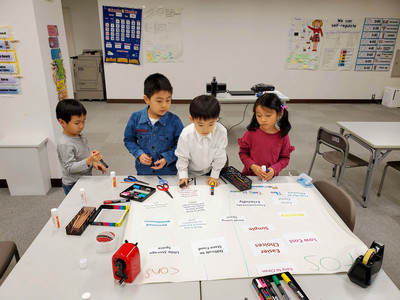
Week 4
Students were broken into their teams for the final project and began to explore different type of public spaces and to think of their redesigns. Using Exit tickets I gauged their understanding of the material.
生徒たちは最終的なプロジェクトのためにチームに分かれ、異なるタイプの公共空間を調べ、自分たちのデザインを再度考えるようになりました。レッスンの最後には「Exit チケット」を使って、生徒たちの理解度を確認しました。
Week 5
A research day as students reexamined public space elements and began to think about what public space they plan to use and how they plan to make it a more sustainable public space.
この日は、生徒たちはパブリックスペースの要素を見つめ直し、どのようなパブリックスペースにするのか、より持続可能なパブリックスペースにするにはどうしたらいいのかを考える研究の日になりました。
Week 6
Students using iPad researched into their public space and gathered information about their space. One group picked a public space in Taiwan, one picked a public space in Australia and the final group picked Yokohama Stadium Park. Students used a google map image to help them recreate their space.
生徒たちはiPadを使って自分たちのパブリックスペースについて調べ、情報収集をしました。あるグループは台湾のパブリックスペース、あるグループはオーストラリアのパブリックスペース、そして最後のグループは横浜スタジアム公園を選びました。生徒たちはグーグルマップの画像を使って、自分たちの空間を再現しました。
Week 7
Students finalized their projects and practiced their presentations using the microphone.
生徒たちはプロジェクトの最終仕上げを行い、マイクを使ったプレゼンテーションの練習を行いました。
Week 8
Final class was the presentation of their public space along with the changes they did to the design and how they made the space more sustainable for the environment.
最後の授業では、パブリックスペースのデザインにどのような変更を加え、どのように環境に配慮した持続可能な空間にしたのかを発表しました。
Creating a sustainable environment required new ideas for the students.
However, they were able to work together in groups to research, think, discuss, and present their ideas for a better environment for the earth and its people.
I hope there will be more solar panels, more plants, and more nature-friendly plazas!
サステイナブルという環境づくりは子供たちにとって新しい発想が必要でした。
ですがグループごとに協力して調べ、考え、話し合い、地球や人々により良い環境について発表することができていました。
ソーラーパネルや植物がもっと増えて、自然に優しい広場が増えるといいですね!
Author Profile
-

-
Saeda Sueki-Au-Yeung - School Director (Japan)

School Director of CGK International School.
Graduated from a 4-year university in America, joined women's soccer team (National Champion).
After working in childcare and management at CGK Preschool and CGK Afterschool, she became the director of the entire CGK International School.



